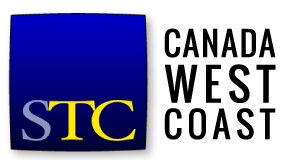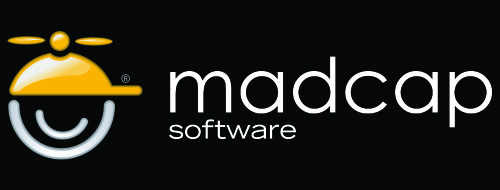MadCap Flare is an extremely powerful single sourcing and content management platform capable of publishing to a variety of formats. In this article, I’ll cover tips on using Page Layouts for printed PDF documents. This is aimed at the intermediate Flare user who wants to add more polished page layouts, and create more visually interesting documents.
Tips on Using Page Layouts with PDF Outputs
Page layouts govern content such as headers, footers, margins, registration marks and similar content types that are not the topic text itself.
Page layouts are found in Resources > PageLayouts. The file type is .flpgl and typically exists in new Flare project templates.
I recommend beginning with the layouts included with Flare 10 or 11 then modify these to create your own page layouts.
NOTE: These are not Master Pages. Master Pages are best applied to Flare’s online outputs (HTML5 and others), MS Word and Framemaker, not PDFs.
To create e a great PDF output, you can add different page type layouts and apply them as needed. I often use one layout containing the Title Page, and Left and Right pages, and then supplement this with page layouts for Index and Glossary.
There are two places in Flare that you can connect the page layout to the output PDF: the PDF target or the applicable TOC.
- On your PDF Target: Specify in the General tab at the “Master Page Layout” setting.
- On the Applicable TOC: To switch page layouts within a document, select a new layout for a new topic by using the TOC.
- Right-click and specify Properties > Printed Output, and then use the Chapter/Page Layout Break pane.
- You can choose a Page Layout break for each new TOC entry. This is where you choose if the page is Normal, left or right or continuing ‘as is’ (which picks left or right for you). Ignore Section Breaks for PDF output.
- You can apply a different layout to any entry in the TOC. This overrides the initial setting in the Target. This way you can apply different layouts for your Glossary, Index and Title Pages. So, if I want to use an existing Index layout with 2 columns but a Main layout with no column settings, I move to the Index layout within the TOC by choosing a Break Type then selecting my Index page layout.
NOTE: You can use the same TOC for PDF or HTML5 web output because each target picks up the appropriate layout item only: a PDF Target picks up a page layout, and a HTML5 Target picks up a Master Page.
Troubleshooting a Page Layout
Page Layout doesn’t show a full colour background
- You are using a stylesheet that specifies that the <p.body> tag is white. To fix this, go to your stylesheet (CSS) and remove any colour specification from the main <p.body> tag.
Text boxes won’t change flow
- This feature has been improved in Flare 11. However, in older versions of Flare, flow from frame to frame on the Page Layout is governed by the time the frame was added – you cannot switch the flow without recreating the frame boxes. For Flare 11, see Frames to help you change the flow direction.
Control the appearance of images in the Page Layout
- You should have .img classes in your stylesheet. For example, create a ‘footer’ image class to control the size of any image you apply to this class. I have created .img classes applicable to footers, banners, and general screenshots. This eliminates the need for resizing.
Add more columns in a frame
- Right-click on the frame and select the Frame > Properties pane. You can specify columns, frame, background, borders and flow here.
It’s well worth it to play with layouts until you understand them and can produce a great one. Once a page layout is done, you don’t have to revisit it except during rebranding.
Page layouts will help your content look polished, professional, and consistent – and learning to use them is a great addition to your skills with Flare.
See Page Layouts for full instruction in Flare. Also, check out MadCap Software’s courses and events.


Brilliant article, Catherine!
Thanks! I was just diving into Page Layouts, so this article was very useful. Especially the trouble-shooting tips. That was above and beyond what I expected.